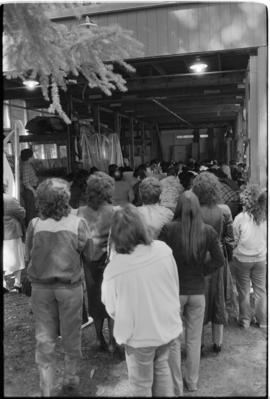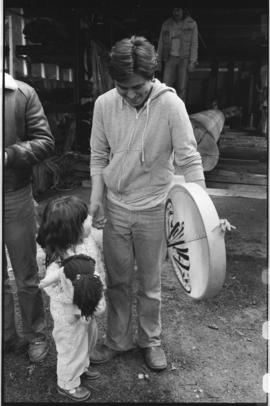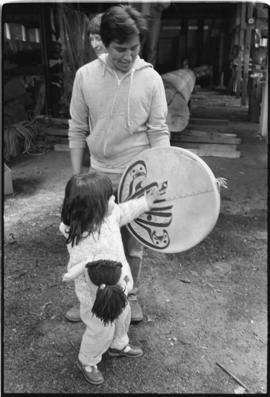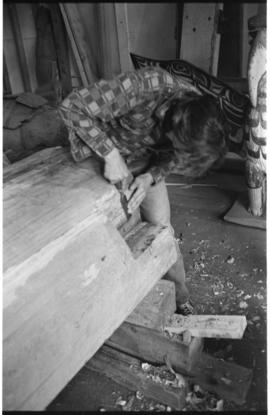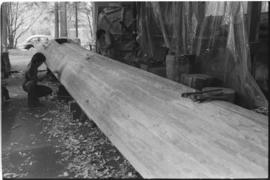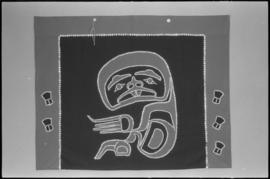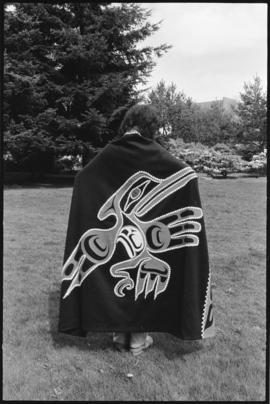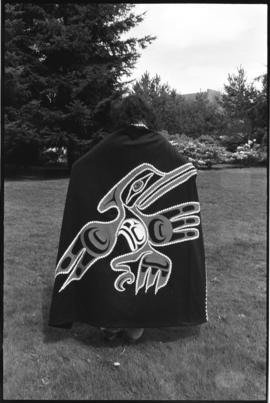Series consists of records pertaining to the work Powell has done in Kitamaat Village.
In 2000 Powell began working on the Haisla Traditional Use Study (TUS) with community members Gerald Amos, Rod Bolton and Louise Barbetti. For the TUS, Powell conducted interviews and checked information gathered against textual archival records of the region. The first year of the project was funded by the BC Ministry of Forests, and the second year with a federal grant. At the end of the second year, the study was completed with a report on the Haisla concept of ownership.
Upon completion of the TUS, Powell stayed on with the Haisla to work on outlining ownership in the regional watersheds to be used in Land and Resource Management Planning (LRMP) negotiations. This led to the creation of a book on Haisla land ownership and other traditions, explained using oral histories, to be distributed during a Unity Feast hosted by Chief Steve Wilson.
As he was working on the Haisla Unity Feast Book, Powell started to push for the development of a Haisla curriculum package for the schools in the Kitimat area. In the summer of 2005 Jenson travelled with Powell to Kitlope and photographed many of the areas included in the traditional oral histories of the region. This trip led to the creation of a curriculum booklet called By Punt to the Kitlope. The pamphlet was so successful that Powell was commissioned to create a booklet for the whole of the traditional Haisla territory. Beginning work on this project led to the discovery that most of the Haisla trapline registrations had lapsed or had been passed on to the incorrect person, owing to confusion between the traditional matrilineal method of inheritance and the emerging patrilineal way of passing on title. Powell embarked on a project with Rod Bolton to re-register Haisla traplines in a way that made sense to the community.
In 2006 Vickie “Eden” Robinson was hired to assist Powell in the creation of an archives for the Haisla, based on the material accrued during the time of Powell’s work in Kitamaat.
In 2008 the Kitamaat Village Council signed a two year contract with Powell. He will work for two weeks out of every two months to complete the remaining outstanding projects, including a Haisla place names map, the introduction to Haisla territory.
The series consists of five sub-series:
A. Notebooks
B. Reports
C. Publications and research material
D. Photographs
E. Interviews


